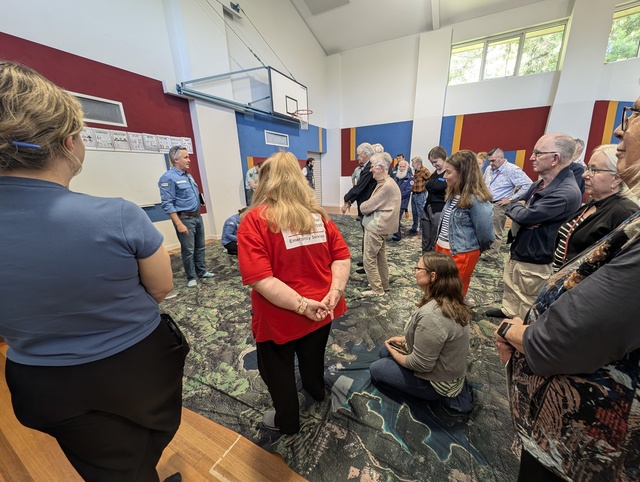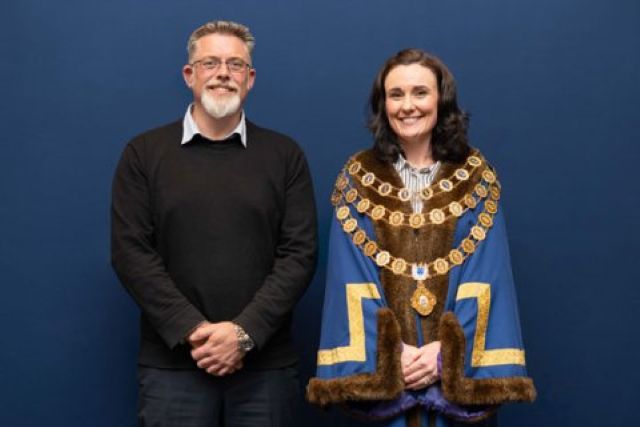I AM always delighted to see yabbies, miniature gladiators scuttling along bush tracks or creek verges, despite having spent years under my floorboards, digging new stump holes to replace the results of their frolicking.
I suspect all of us in the Dandenongs have a yabby or yabby hole story.
I was fascinated to learn from the research of Dr Pierre Horwitz, now of Edith Cowan University, that the humble yabby or freshwater crayfish in this local habitat is of world renown – on two counts.
The greater Dandenong Ranges, radiating to the Strezleckis and Flinders, hold the highest concentration of the greatest diversity of freshwater crayfish in the Southern Hemisphere.
This gives the Dandenongs particular importance to the Federal Government’s national reserves system which targets concentrated areas of maximum biodiversity of ecosystems for high conservation priority.
This must make us the yabby capital of Australia!
As well as claiming the greatest diversity, our crayfish take another award: the burrowing habits of some species are apparently unique to Australia – or at least unrecorded anywhere else in the world.
Dr Horwitz and others studied the classification by US researchers of freshwater crayfish burrows and then conducted their own field research in Sherbrooke Forest in the 1990s.
They found three types of burrow.
Two, which reach laterally into stream water or vertically to the water table from stream banks, conformed to the classification.
But the third, deep burrows, caverns even, built into hillsides of less permeable clay soils, had no access to the water table.
This burrowing method was unrecorded internationally.
The species of crayfish, which use this method, rely on catching rainwater runoff and holding it in clay chambers.
Old burrows may be enormous, and if broken, can undermine a tractor wheel.
Why is it important to know how a yabby burrows?
Firstly any information that assists the understanding of a habitat helps explain the conditions necessary for the survival of a species and its ecosystem, including its human neighbours.
Secondly, in Dr Horwitz’s words, ‘it is incumbent on Australian scientists to break the mould’ of foreign classifications and put Australia on the map.
While unrecorded internationally, we in Victoria know these cavernous burrows well.
Farmers know to avoid putting cattle on crab hole country and house renovators are only too familiar with their exploits.
Despite the sometime inconvenience of these little creatures, it is amazing to know that something so common is of great scientific interest.
I remain fascinated when I manage to see an elusive yabby.
On the track of the humble yabby
Digital Editions
-

Support growing need in the Dandenong Ranges
Each year in the lead-up to Christmas, the Dandenong Ranges Emergency Relief Service (DRERS) becomes a quiet lifeline for families across the hills who would…





